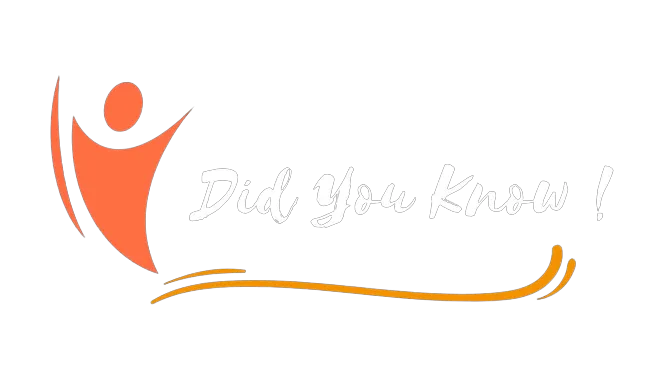When a person from our country goes to America, then there he can buy coins and notes prevalent in India. cannot use. He has to exchange dollars running in America for rupees. This is true for all the countries of the world. Different coins are in circulation in different countries of the world. Do you know why this is so?
In fact, coins or notes running in a country are just a symbol of exchange of goods and wages. The prices of goods sold in each country are displayed in the form of coins in circulation there. The salaries of the people working there are also given in the form of coins. For example, if an item is found in India for twelve rupees, then the value of the same article will be about one dollar in the form of a coin in circulation in America, because one dollar is equal to twelve rupees.
The names of coins operating in the main countries of the world are as follows - Rupee in India, Franc in France, Lira in Italy, Passeta in Spain, Ruchal in Room, Dollar in America, Yen in Japan, Drachema in Greece, in Holland Gilder, Pound in England etc.
The exchange rates of coins in each country are fixed. The value of these exchange rates fluctuates from time to time. When a person goes to another country, in lieu of the coins operating in that person's country, he is given the equivalent of vinegar operating in the other country. In international trade, all countries display the value of goods in the form of their coins in coins issued in other countries. Thus different coins are used in all countries.




